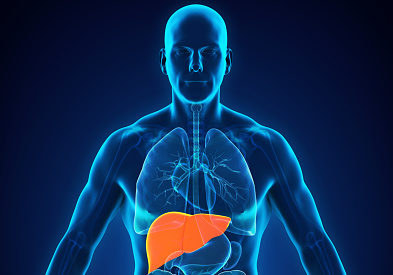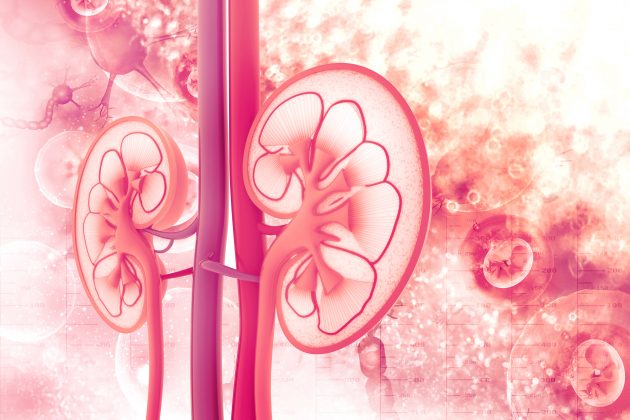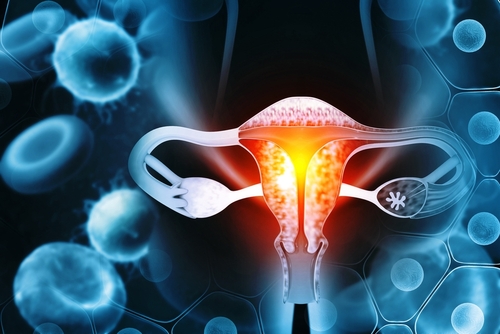A common complication among patients with cirrhosis is chronic hypotension, which is associated with renal dysfunction. Patients with hypotension can be managed with midodrine to improve hemodynamics and renal perfusion. Previous studies have suggested that there is an association between use of midodrine prior to kidney transplant and worse renal allograft outcomes.
There are few data available on the impact of pretransplant midodrine use on renal allograft outcomes following simultaneous liver-kidney transplant (SLKT). P. Barman at the University of California at San Diego, and colleagues conducted a retrospective study designed to determine whether the need for pre-transplant midodrine results in worse outcomes for patients undergoing SLKT. Results of the study were reported during a virtual poster session at the American Transplant Congress 2020 in a poster titled Need for Pretransplant Midodrine Does Not Negatively Impact Outcomes after Simultaneous Liver-Kidney Transplant.
The analysis included all adult SLKTs performed at a single academic transplant center from February 1, 2002, to June 30, 2019. Demographic and transplant-related clinical data were collected until the date of the last follow-up or death. Wither Wilcoxon rank sum and/or Fisher exact test were used to test descriptive statistics.
During the study period, the center performed 64 SLKTs. Of those, 43 patients were not taking midodrine prior to transplant and 17 were taking midodrine alone (four were on intravenous vasopressor). The patients in the midodrine group were significantly older (61.5 years vs 52.6 years; P=.001) and more commonly had hepatic encephalopathy and hepatorenal syndrome than patients not taking midodrine. There were no differences between the groups in sex, body mass index, or medical comorbidities (hypertension, diabetes mellitus, cardiovascular disease) between the groups.
In the midodrine group, nine patients were on midodrine for >3 months, nine were taking between 10 and 30 mg per day, and seven were taking >30 mg per day. In the midodrine cohort, blood pressure was significantly lower at listing (systolic blood pressure 110 vs 133; P=.007); MELD-NA (Model for End-Stage Liver Disease, Sodium) scores were significantly higher in the midodrine cohort at listing (30 vs 25; P=.002) and at time of transplant (31 vs 26; P=.003) compared with the no-midodrine group.
The two groups were similar in donor demographics and in transplant parameters including cold ischemia time, warm ischemia time, panel reactive antibodies, kidney donor profile index, and immunosuppression. There were no significant differences in estimated glomerular filtration rate at discharge post-transplant or at 1 year, regardless of the use of pre-transplant hemodialysis. In addition, there were no differences in hospital length of stay, the need for post-transplant hemodialysis, midodrine use at discharge, development of renal dysfunction during follow-up, number of hospitalizations in the first 6 months, or mortality.
“In our single center cohort, the need for pre-transplant midodrine did not negatively impact outcomes in the first year after SLKT, in contrast to kidney transplantation alone. Multi-center confirmation of these results would be desirable,” the researchers said.
Source: Barman P, King L, Berg C, et al. Need for pre-transplant midodrine does not negatively impact outcomes after simultaneous liver-kidney transplant. Abstract of a poster presented at the virtual American Transplant Congress 2020 (Abstract C-126), May 30, 2020.
Credit: Original article published here.










